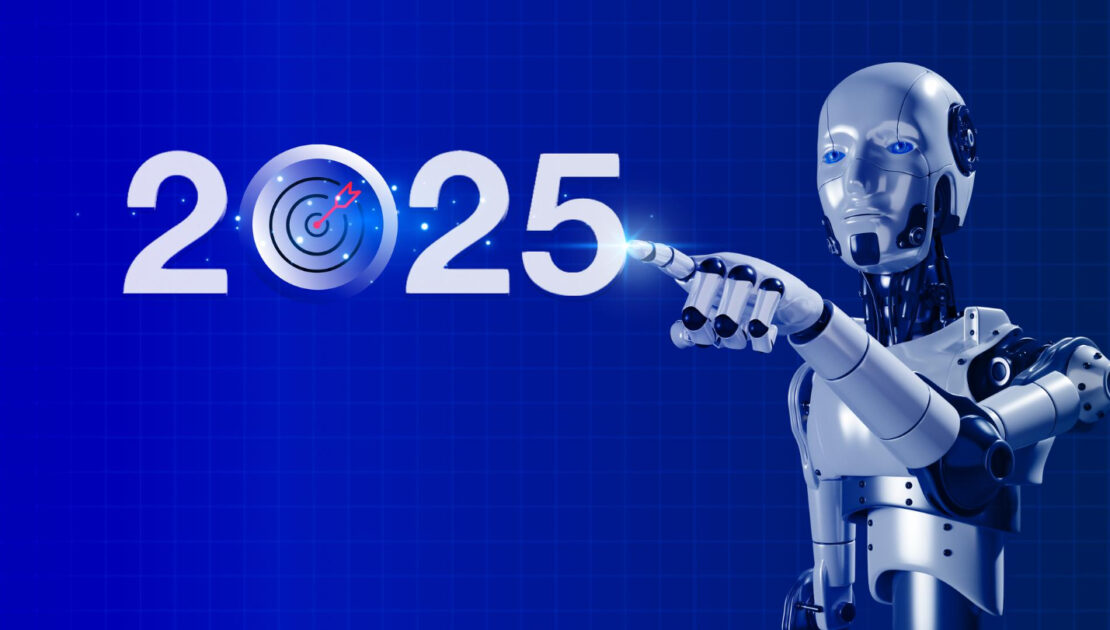Top 7 UI Design Trends Shaping 2025: A Human-Centric Future of Digital Experiences
- March 17, 2025
- Posted by: Designient School

The user interface design industry is transforming at unprecedented speed because it combines advanced technological developments with increasing focus on human connections. Designers by 2025 are developing interactive experiences that feel natural and inclusive while achieving a sense of life within their designs. We will investigate seven upcoming UI trends that will transform our technological interactions by 2025 while maintaining a focus on real human-centered innovation.
1. AI-Powered Personalization: Your Digital Sidekick
A 2025 app will be able to predict your need for a latte ahead of your desire while also adapting its interface colors to reflect your current emotional state. Advanced AI technologies will enable personalized digital experiences to become a reality in 2025. Machine learning algorithms will process user behavior in real-time to customize interfaces based on individual preferences. A fitness app may reorganize its menu to highlight evening workouts when it detects that you prefer nighttime exercise. The design adapts and expands according to your needs alongside its convenience.
2. Voice-Activated Interfaces: Conversations, Not Clicks
The app needs to find a recipe that utilizes leftover vegetables based on this voice command. Natural voice commands will reduce navigation difficulties for busy parents and users with mobility challenges by 2025. Designers will create layouts that prioritize audio feedback with minimal visuals to support spoken dialogue in voice-first interfaces.
3. Augmented Reality (AR): Bridging Digital and Physical Worlds
Shopping for a sofa? With AR technology you can see how a sofa will look in your living room through your phone without needing to guess. UI design will merge AR technology into everyday tasks by 2025, delivering interactive overlays that support real-world activities. AR technology turns screens into dynamic interactive portals by enabling users to virtually try makeup and navigate through cities using floating street signs.
4. Neumorphism 2.0: Soft, Tactile, and Familiar
Say goodbye to flat design. The neumorphism style returns but in a gentler and more user-friendly version to mimic physical objects with faint shadows and highlights. Button designs will look softly clickable while background textures will mimic materials such as fabric and paper. This emerging trend takes advantage of our preference for tactile sensations which helps make digital interfaces more comforting and easy to use.
5. Sustainable Design: Ethics in Every Pixel
With rising climate concerns UI designers will focus on sustainability in their work. Users will encounter dark mode settings by default to improve battery life together with animations designed to minimize energy consumption and color schemes that focus on environmental responsibility. Brands may show users how digital choices impact carbon emissions through examples like “Using dark mode reduced your carbon footprint by 10g this week.” This design demonstrates responsibility toward the needs of users and environmental preservation.
6. Gesture-Based Navigation: Swipe, Pinch, and Play
Why tap when you can swipe? Gesture-based controls will become standard as foldable phones and AR glasses become more popular. Envision using pinch gestures for zooming in 3D environments and waving your hand to navigate recipe lists when cooking. This trend transforms technology into a natural extension of human motion.
7. Inclusive Design: Tech for Every Human
By 2025 accessibility will become the foundational principle instead of a secondary consideration. Interfaces will automatically adapt to dyslexia-friendly fonts and display real-time sign language avatars while applying color contrasts suitable for colorblind users. The goal? Technology must create an environment where every person feels accepted despite their abilities or background.
Conclusion: Designing Tomorrow, One Emotion at a Time
Digital spaces in 2025 will extend beyond brilliant technology to become environments that understand users and adapt with empathy. The evolution of design will hinge on human experiences whether through an AI remembering personal preferences or educational apps teaching math via AR games. Designers face the task of merging innovative concepts with empathetic design principles. The greatest interfaces not only look visually pleasing but they also create a familiar and welcoming environment.